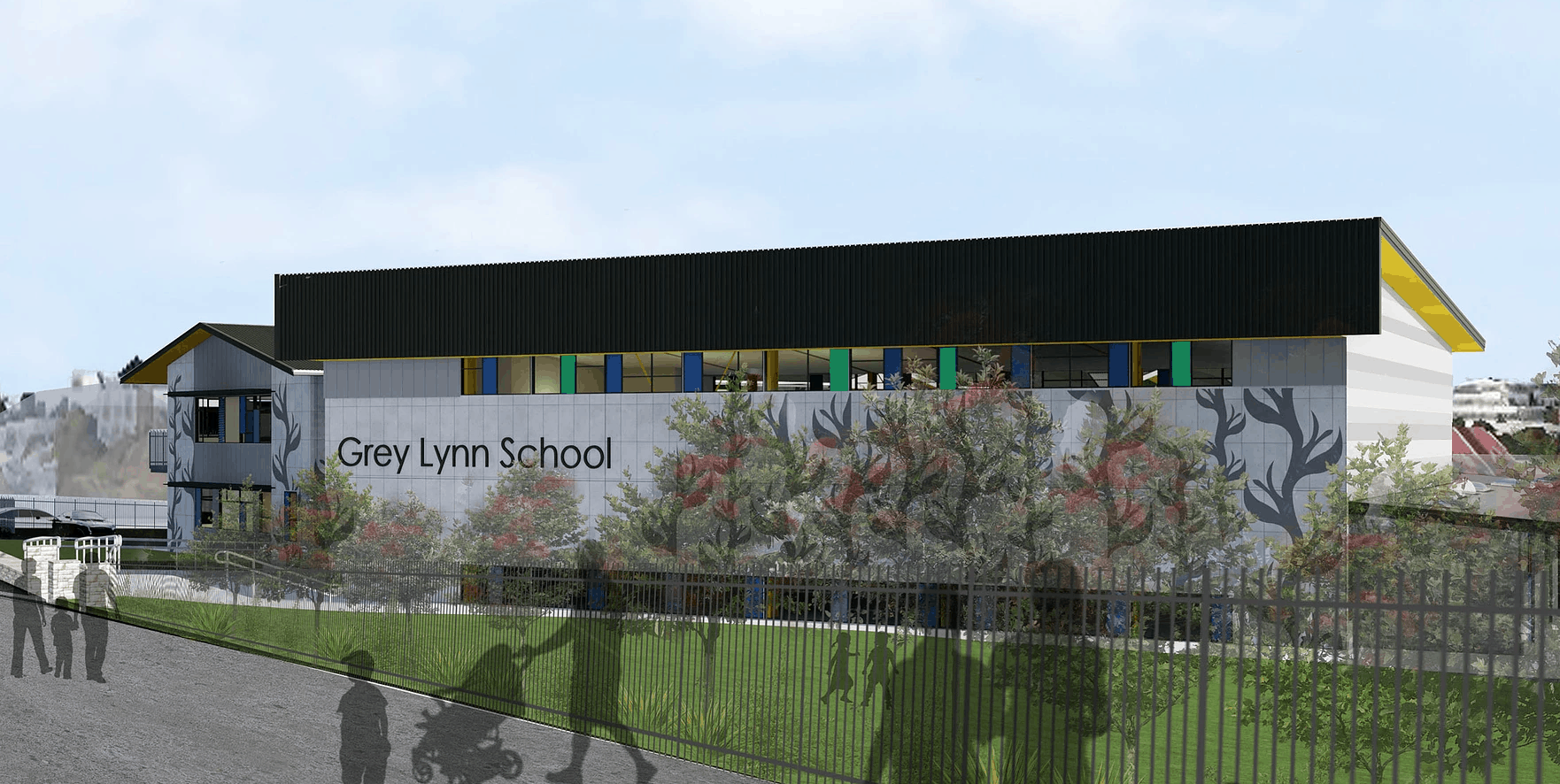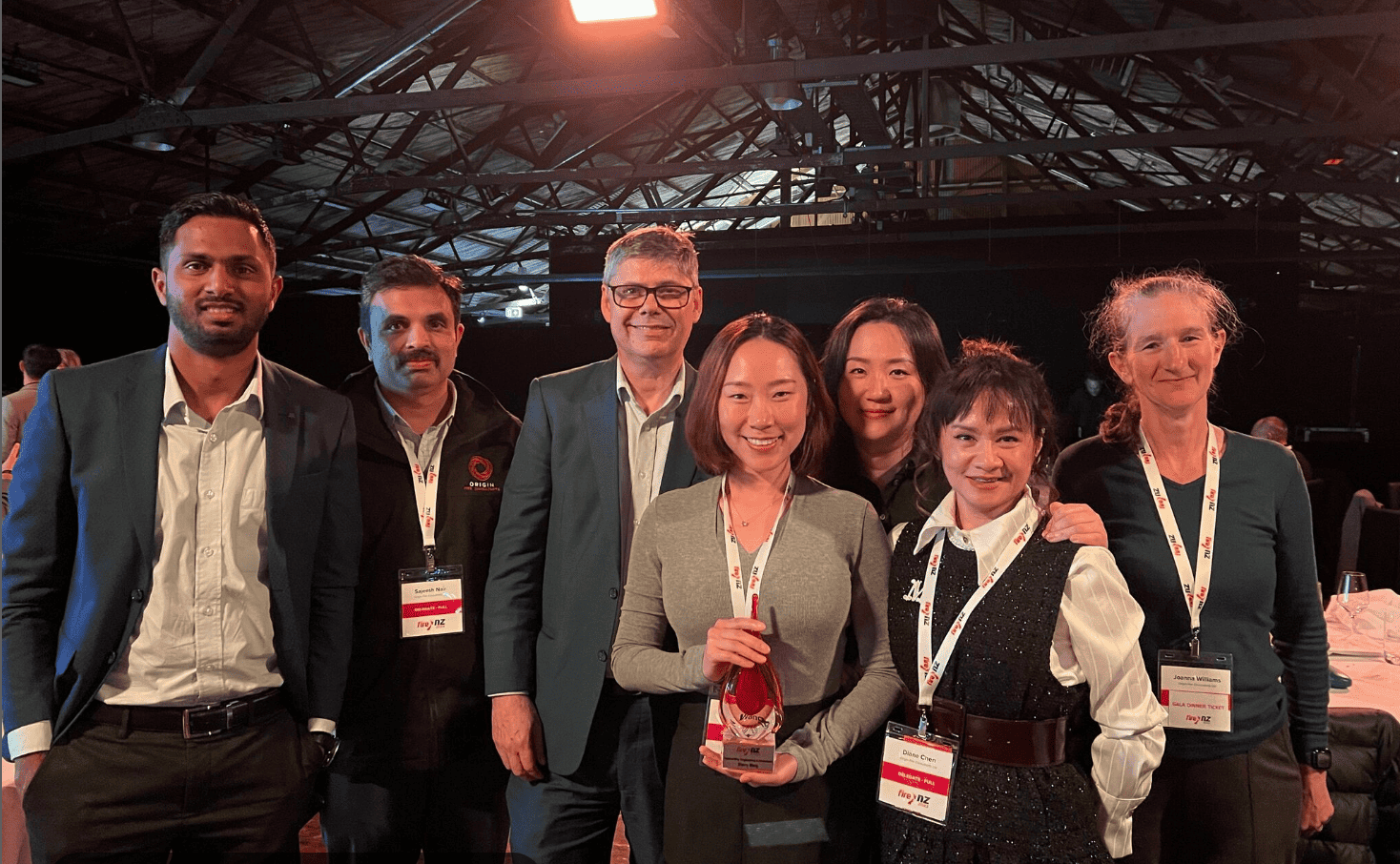Michael James attends 10th International Conference on Performance-Based Codes and Fire Safety Design Methods
In November 2014 our Managing Director Michael James attended the 10th International Conference on Performance-Based Codes and Fire Safety Design Methods held on the Gold Coast of Australia. He remarked “What a wonderful place to hold a conference at the Sheraton Hotel, literally 50m from the white sand beaches of the Gold Coast.”
One of the highlights of the conference was the presentation by William Koffel from Koffel and Associates titled “Making the Case for a Standardized Set of Tenability Criteria”. He reminisced that for the last 3 conferences he had attended speakers and delegates had bemoaned the fact that there was not an internationally accepted set of tenability criteria to work to. He presented analysis of the last conferences case studies which showed different countries had different tenability criteria which lead to a wide range of outcomes for fire safety. At his conclusion he laid down a challenge to the delegates at the conference to come up with an internationally accepted set of tenability criteria before the next conference in two years’ time. As an incentive his company offered $5,000 to fund the work and a further $5,000 if his money was matched by other organisations.
The last day of the conference was for case studies presentations, where each of the participating countries presented their fire safety solution to the same building using the regulations in their respective country. This years’ building was a 6 story office block with a cascading atrium spanning the six levels.
The offices rested on a two level parking building. The available design methods ranged from Hong Kong which said it would be very difficult to design and build such a building because performance based design had limited acceptance, to New Zealand which has a verification method making the analysis a relatively straight forward matter of measuring the building against a predetermined set of acceptance criteria. France notably combined passive heating and cooling solutions with the smoke control strategy.
Michael’s discussions with the delegates from various countries gave him the impression that New Zealand’s verification method had freed designers up to spend more time designing the fire safety strategies for building and less time having to argue and justify the design inputs and acceptance criteria with the authorities.



